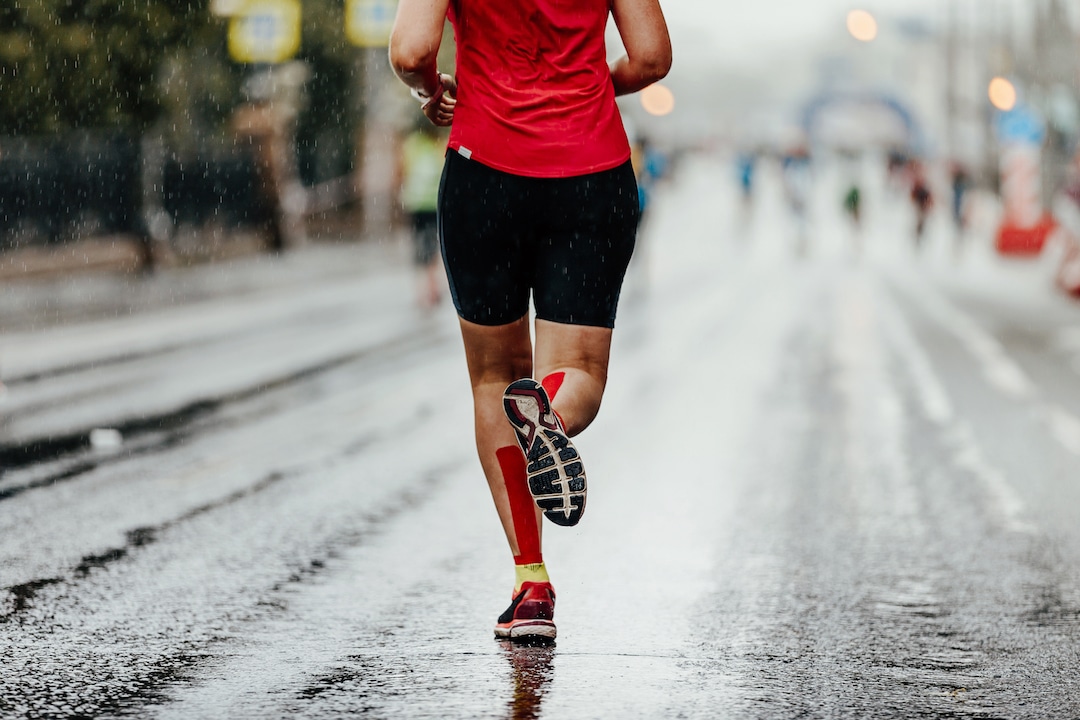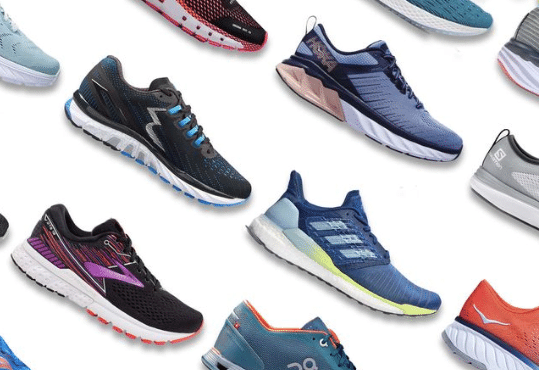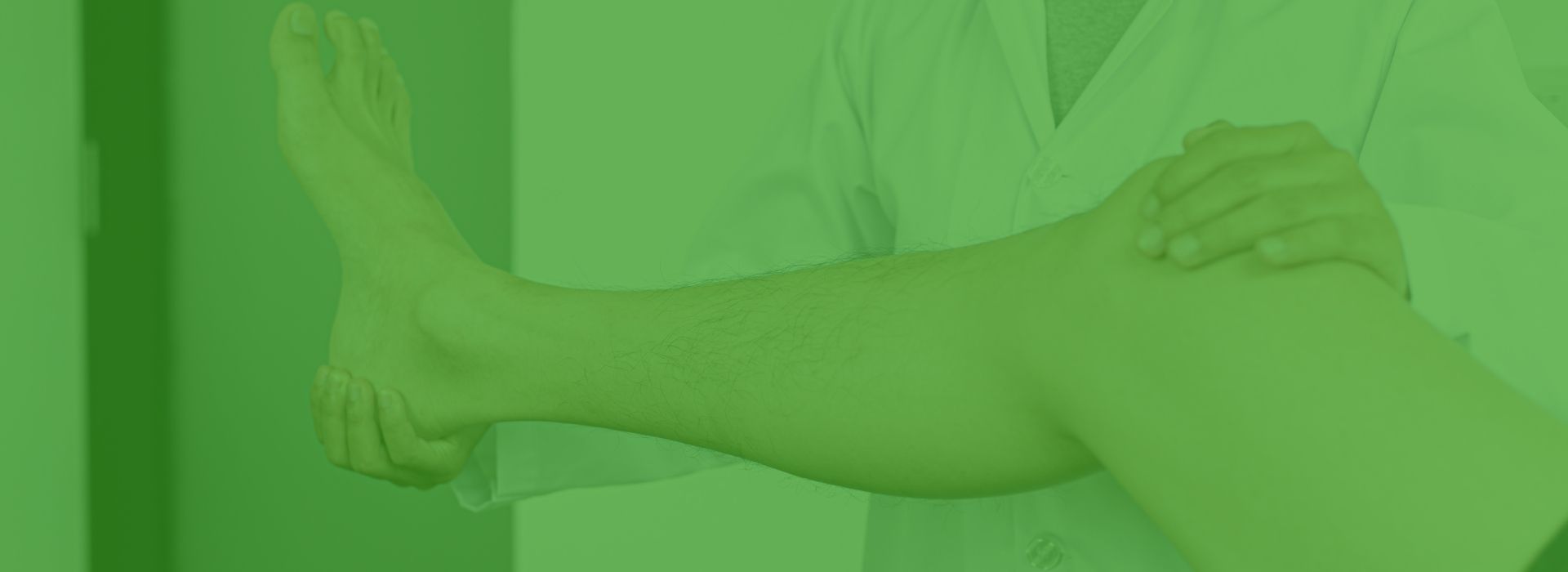Without question, one of the most common complaints by our running patients is that of shin splints – also known as Medial Tibial Stress Syndrome.
Typically, shin splint pain will occur on the inside of the lower leg, just beneath the halfway mark of the shin. The pain will often come on after a period of time, and can vary in severity. In more serious cases, the pain will remain for a period after running is ceased and may continue for a longer period of time.


How Do Shin Splints Occur?
There are a few mechanisms that can lead to shin splint pain, however, a common cause is inflammation of the tissue lining of the tibia (periosteum) at the attachment site of the posterior leg muscles, which include soleus and tibialis posterior muscles. This stress reaction causes pain and irritation in the shins and results in inflammation of the area. If shin splints are not addressed and managed, stress fractures of the bone can potentially occur.
Specifically, running volume, technique, and other factors influencing biomechanics are driving factors that can lead to shin splints.
These factors include:
- A flat foot running technique that produces overload of the deeper calf muscles inserting into tibia during foot contact phase.
- Soft shoes that are prone to allowing arch collapse increase the ground reaction force through the leg and can cause pain. This is particularly harmful for feet that have a tendency to roll inwards, or pronate, excessively increasing the risk of shin splints.
- The type of surface / environment: Harder surfaces, like road running, or tracks with a sloped surface can alter the mechanics of the foot placing additional load on structures throughout the foot and leg.
- A sudden increase in running load and volume. For example, an athlete increasing their running after off-season, or a beginner starting running training. Training volume mistakes are however the easiest to correct.

Tips for running footwear:
Running footwear should provide appropriate support and cushioning for the foot that is appropriate for the runner. Recent evidence suggests excessive cushioning can be detrimental because runner tends to rely on the shoe rather than intrinsic foot muscles thus putting more stress on the calf. Shoes should also be changed regularly depending on the wear and tear and changes in load, style and technique as your running skill progresses. Older running shoes can wear unevenly, causing you to place uneven stress and strain on the muscles and joints throughout the feet and legs.
Pivotal Motion Physiotherapy can assist you manage the symptoms of shin splints and the return to sport process of load management and specific advice required for the pain to ease. Book an appointment online or call us today on 07 3352 5116.

